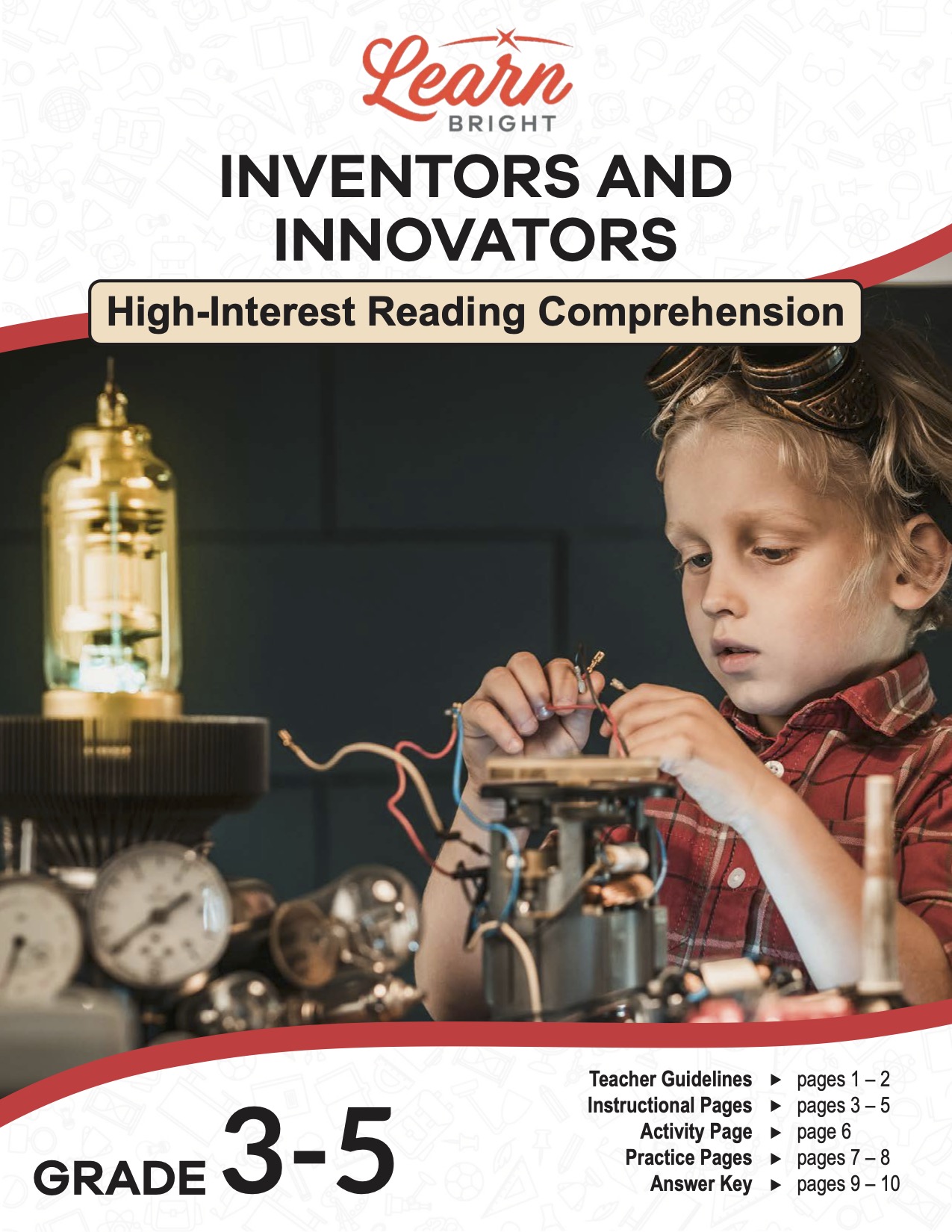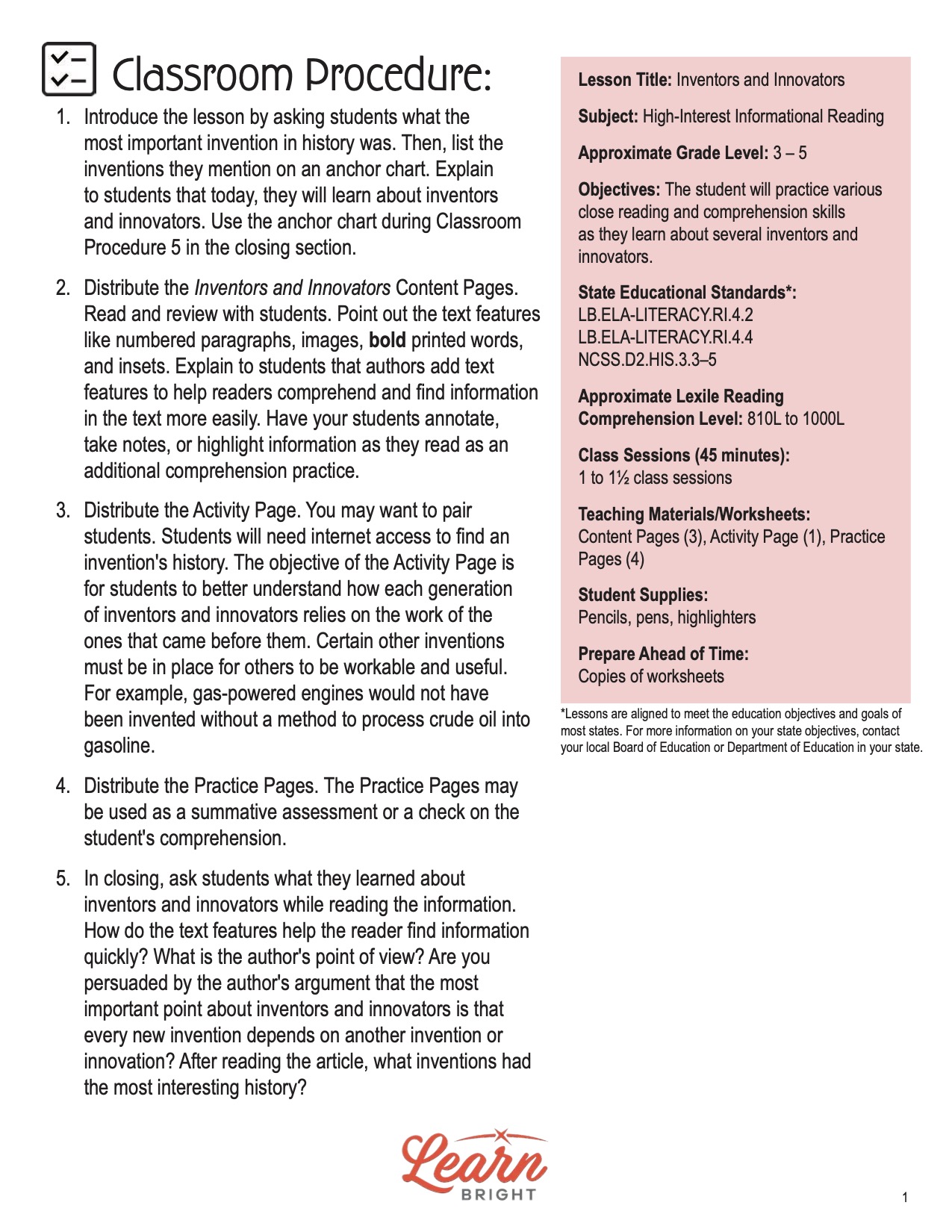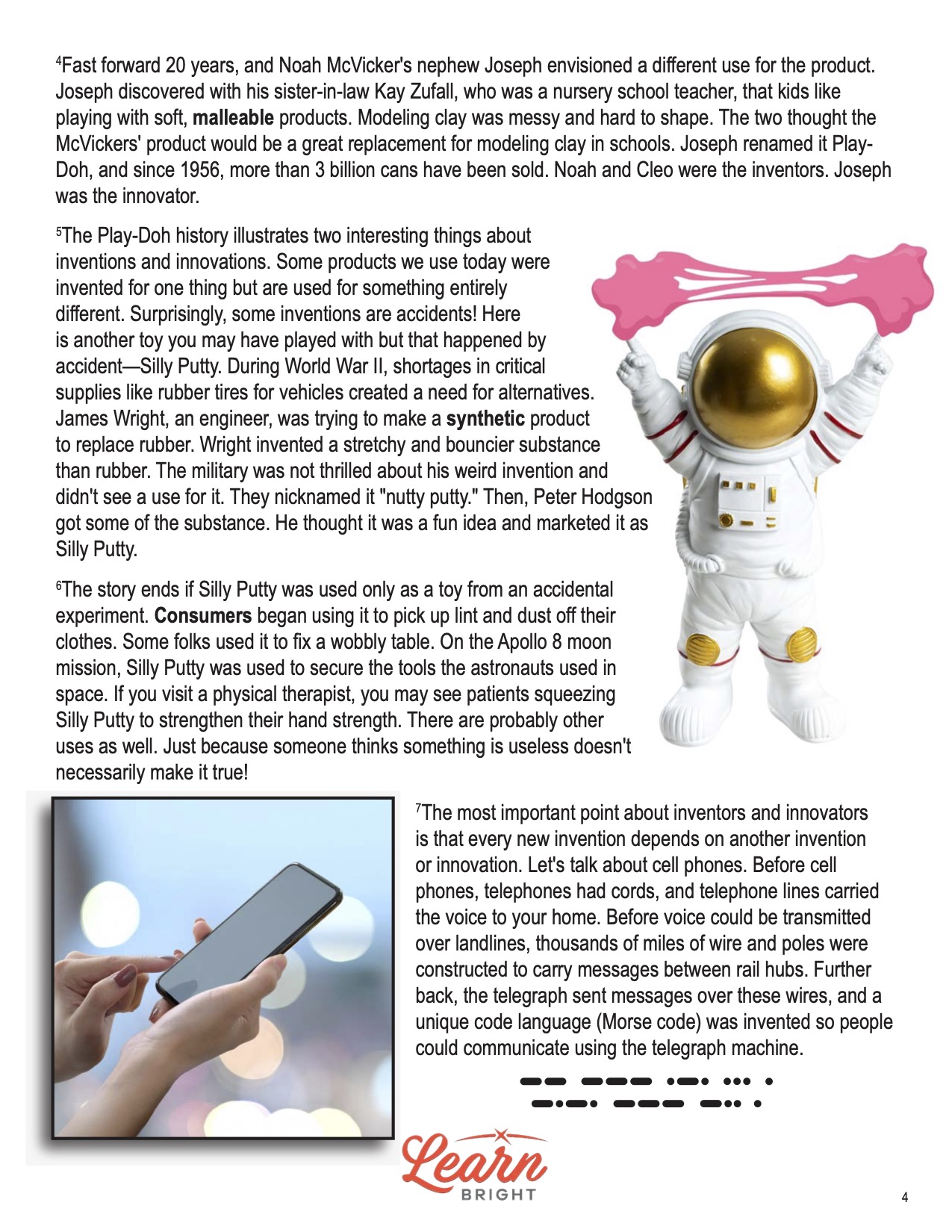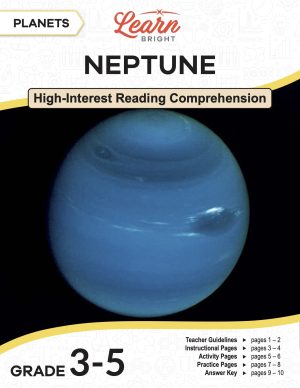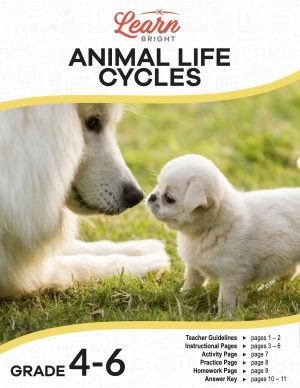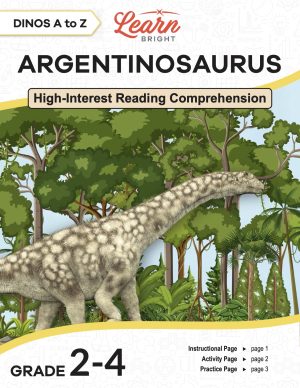Description
What our Inventors and Innovators lesson plan includes
Lesson Objectives and Overview: Inventors and Innovators is a high-interest reading comprehension lesson plan. As such, students will practice various
close reading and comprehension skills as they learn about several inventors and innovators. This lesson is for students in 3rd grade, 4th grade, and 5th grade.
Classroom Procedure
Every lesson plan provides you with a classroom procedure page that outlines a step-by-step guide to follow. You do not have to follow the guide exactly. The guide helps you organize the lesson and details when to hand out worksheets. It also lists information in the yellow box that you might find useful. You will find the lesson objectives, state standards, and number of class sessions the lesson should take to complete in this area. In addition, it describes the supplies you will need as well as what and how you need to prepare beforehand.
Teacher Notes
The teacher notes page provides an extra paragraph of information to help guide the lesson and remind you what to focus on. It explains that you can teach this lesson in a whole-class setting or as an independent, small-group activity. The blank lines on this page are available for you to write out thoughts and ideas you have as you prepare the lesson.
INVENTORS AND INNOVATORS LESSON PLAN CONTENT PAGES
What Are Inventors and Innovators?
The Inventors and Innovators lesson plan contains three content pages. Look around you. Someone invented nearly every object you observe. An inventor creates or contributes to the conception of a new process, machine, or product. Inventors can work alone or with others. From the simplest object (a pencil) to the most complex (a spaceship), inventors constantly look for ways to make new things.
Innovators are similar to inventors. They try to introduce something new or do something for the first time. Sometimes, an inventor and an innovator are the same person. The main difference between an inventor and an innovator is that many innovators try to improve upon an existing technology. Or an innovator will use an existing technology in a different way than the inventor intended. An example of this is Play-Doh!
The Beginning of Play-Doh
Nearly every kid has molded shapes from Play-Doh. Did you know that Play-Doh was designed as a wallpaper cleaner when it was first invented? Noah and Cleo McVicker were soap manufacturers. In 1930, the McVickers invented the product, thinking it would be a great way to clean wallpaper. Unfortunately for the McVickers, the need for wallpaper cleaners changed when people quit using coal for heat. Burning coal left sooty dust on walls, and finding a non-toxic way to clean them without harming the paper was the McVickers’ intent.
Fast forward 20 years, and Noah McVicker’s nephew Joseph envisioned a different use for the product. Joseph discovered with his sister-in-law Kay Zufall, who was a nursery school teacher, that kids like playing with soft, malleable products. Modeling clay was messy and hard to shape. The two thought the McVickers’ product would be a great replacement for modeling clay in schools. Joseph renamed it Play-Doh, and since 1956, more than 3 billion cans have been sold. Noah and Cleo were the inventors. Joseph was the innovator.
Nutty Putty to Silly Putty
The Play-Doh history illustrates two interesting things about inventions and innovations. Some products we use today were invented for one thing but are used for something entirely different. Surprisingly, some inventions are accidents! Here is another toy you may have played with but that happened by accident—Silly Putty. During World War II, shortages in critical supplies like rubber tires for vehicles created a need for alternatives. James Wright, an engineer, was trying to make a synthetic product to replace rubber. Wright invented a stretchy and bouncier substance than rubber. The military was not thrilled about his weird invention and didn’t see a use for it. They nicknamed it “nutty putty.” Then, Peter Hodgson got some of the substance. He thought it was a fun idea and marketed it as Silly Putty.
The story ends if Silly Putty was used only as a toy from an accidental experiment. Consumers began using it to pick up lint and dust off their clothes. Some folks used it to fix a wobbly table. On the Apollo 8 moon mission, Silly Putty was used to secure the tools the astronauts used in space. If you visit a physical therapist, you may see patients squeezing Silly Putty to strengthen their hand strength. There are probably other uses as well. Just because someone thinks something is useless doesn’t necessarily make it true!
The Trail of Past Inventions and Innovations
The most important point about inventors and innovators is that every new invention depends on another invention or innovation. Let’s talk about cell phones. Before cell phones, telephones had cords, and telephone lines carried the voice to your home. Before people could transmit their voices over landlines, they had to construct thousands of miles of wire and poles to carry messages between rail hubs. Further back, the telegraph sent messages over these wires, and a unique code language (Morse code) was invented so people could communicate using the telegraph machine.
We know Alexander Graham Bell as the inventor of the phone. But what had to be invented before Bell’s phone to make it work? Every invention has a history and depends on the work of others. Several others created the technology Bell would need to get the phone’s patent. Fast forward to today. Can you think of other things that had to exist before someone could invent the cell phone?
Every invention or new technology has an inventor and an innovator. Every time someone invents a new technology, an old technology disappears. New inventions also create disruptions for the people who worked in the industry that the new technologies replaces. Did you know that when telephones were invented, human telephone operators would route your call to those you wanted to reach? These people were switchboard operators. Then, along came a technology to route your call electronically. What do you think happened to the switchboard operator?
Are you an inventor or an innovator? Do you have an idea that might change an industry? Maybe you’ve thought of an innovation on an existing thing. Or you have a completely new idea. In the words of Alexander Graham Bell, “Great discoveries and improvements invariably involve the cooperation of many minds. I may be given credit for having blazed the trail, but when I look at the subsequent developments, I feel the credit is due to others rather than myself.”
INVENTORS AND INNOVATORS LESSON PLAN WORKSHEETS
The Inventors and Innovators lesson plan includes two worksheets: an activity worksheet and a practice worksheet. Each one will help students solidify their grasp of the material they learned throughout the lesson. You can refer to the classroom procedure guidelines to know when to hand out each worksheet.
WHAT HAPPENED BEFORE ACTIVITY WORKSHEET
For this activity, students will track the trail left behind for a certain invention to exist. They will choose two inventions, such as the electric vehicle or the light bulb. They will then use the fishbone charts to trace everything that happened in history to lead to the creation of the inventions they chose.
INVENTORS AND INNOVATORS PRACTICE WORKSHEET
The practice worksheet lists 10 questions based on the content. These questions all relate to the content pages, so students will need to refer to them often for the answers. In addition, each question provides which reading tool the question corresponds to, such as text feature, vocabulary, or comprehension.
Worksheet Answer Keys
At the end of the lesson plan document is an answer key for the practice worksheet. The correct answers are all in red to make it easier for you to compare them with students’ responses. If you choose to administer the lesson pages to your students via PDF, you will need to save a new file that omits these pages. Otherwise, you can simply print out the applicable pages and keep these as reference for yourself when grading assignments.

